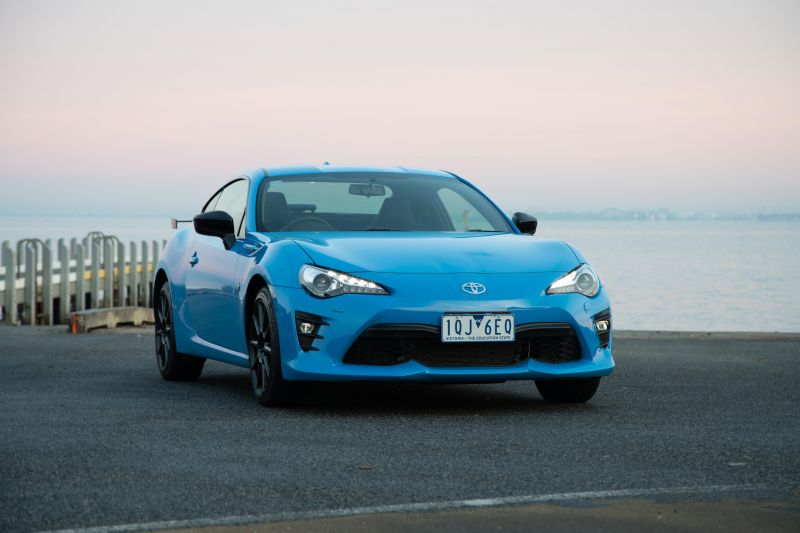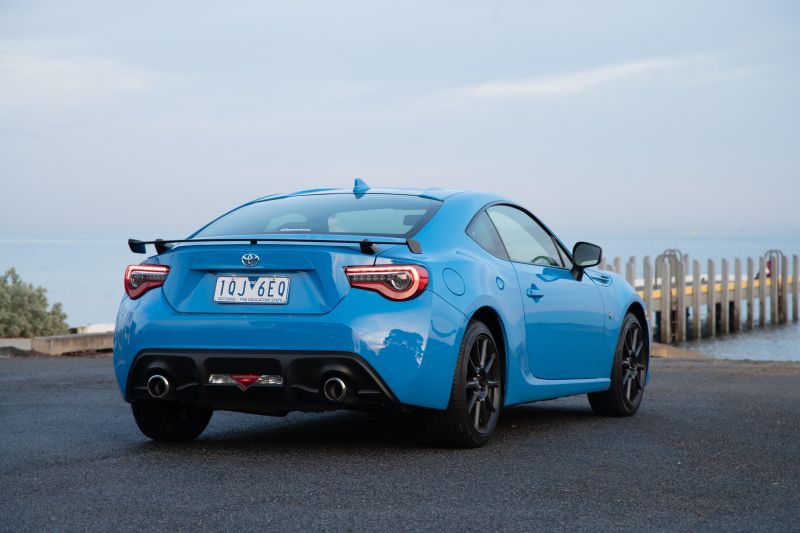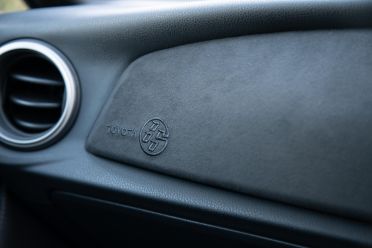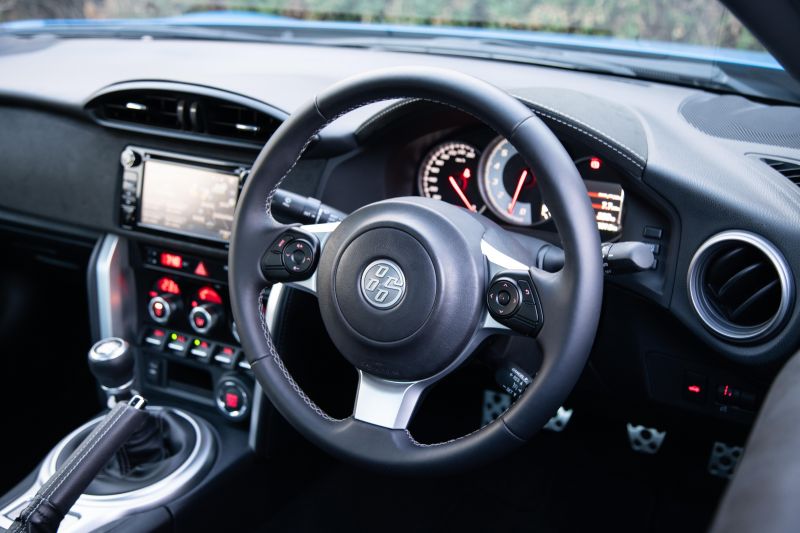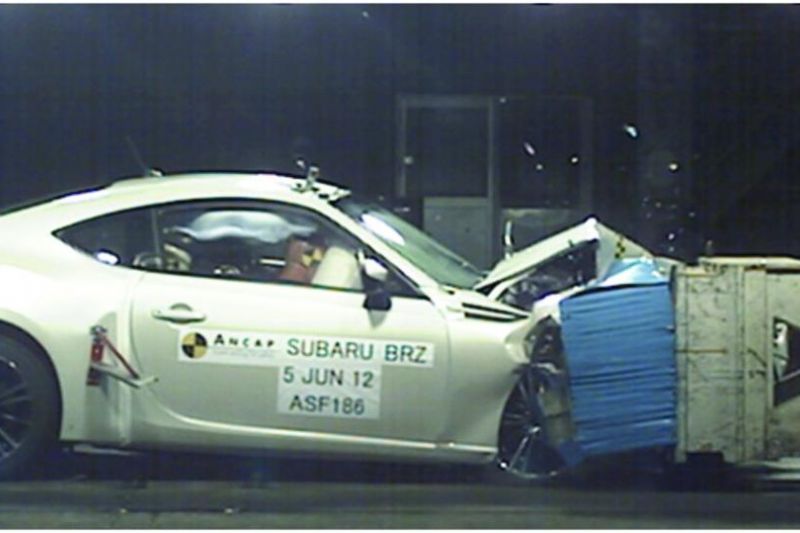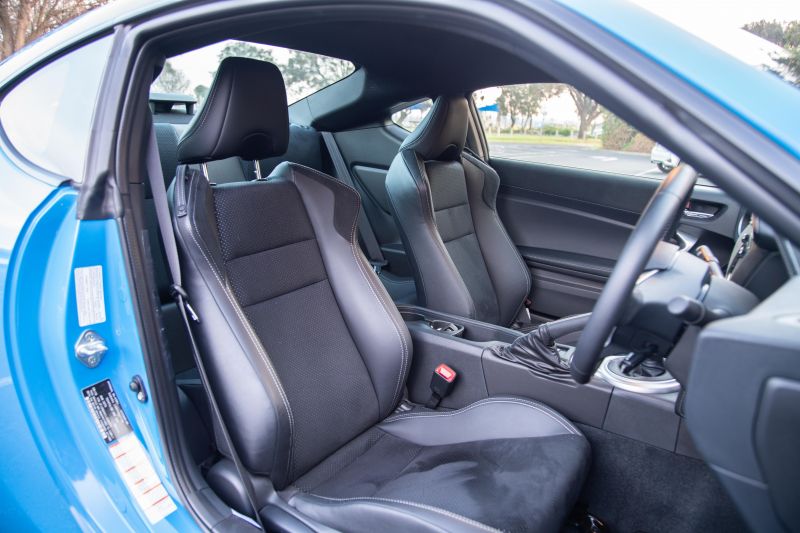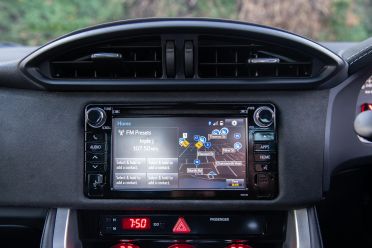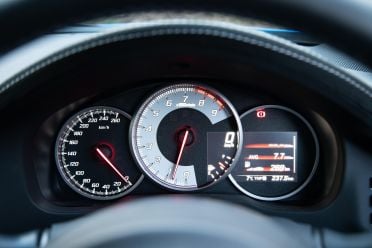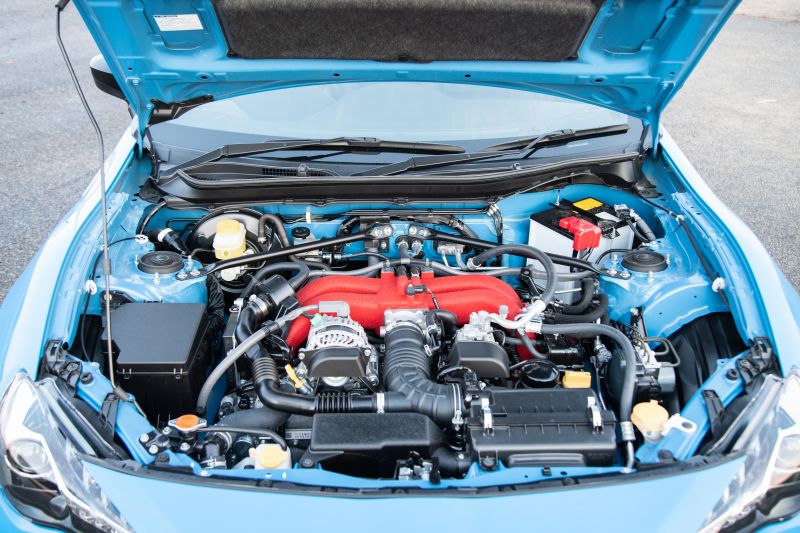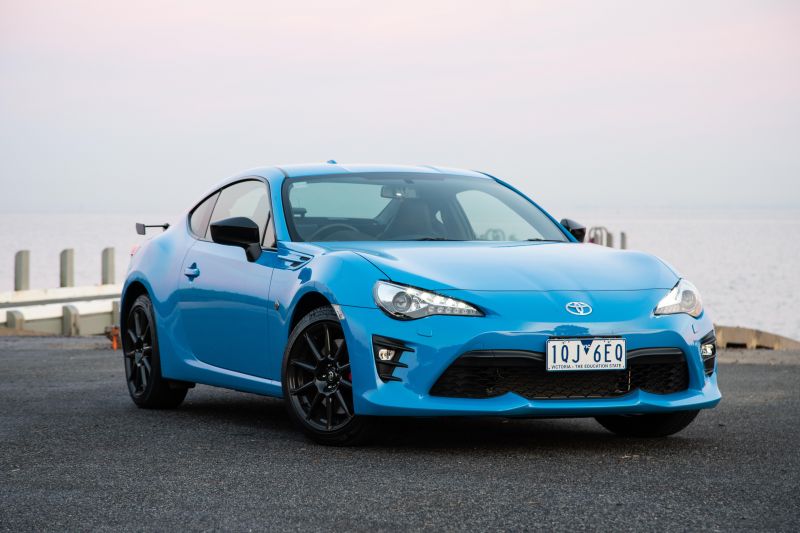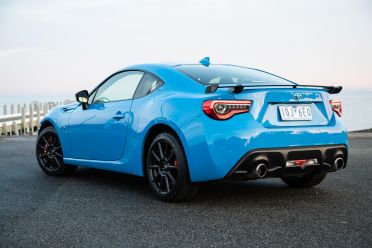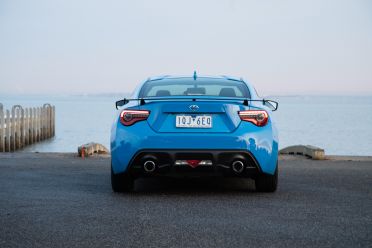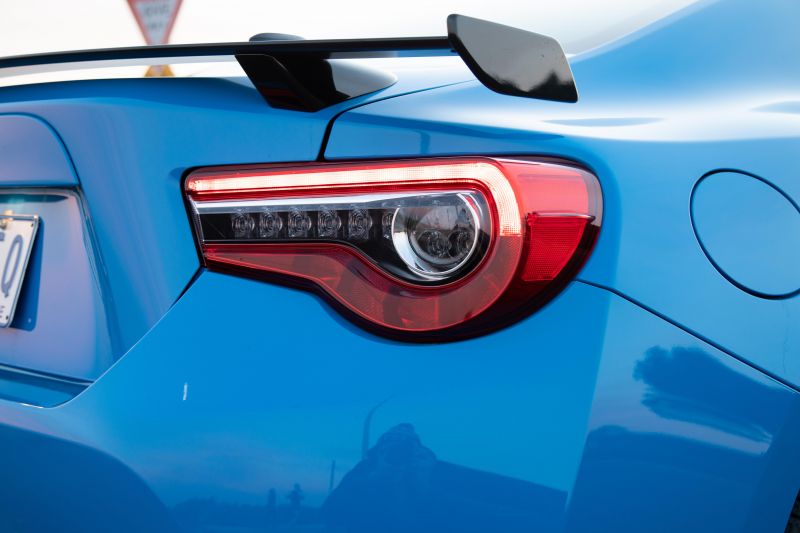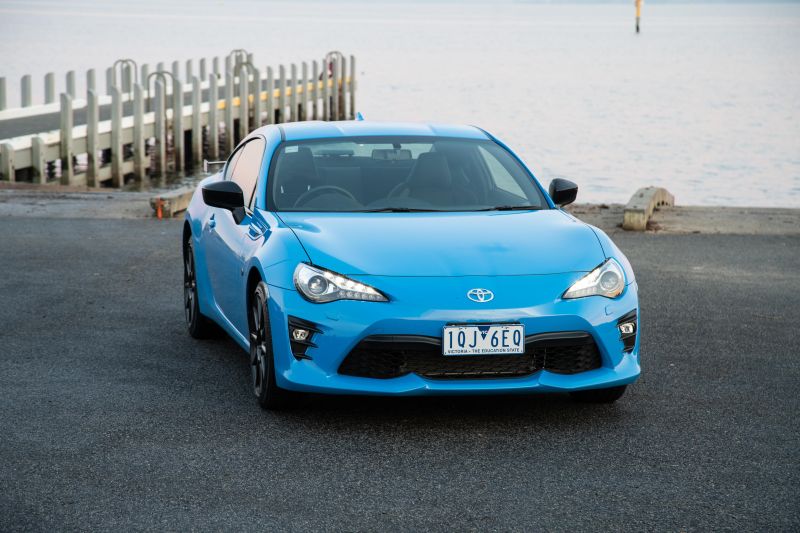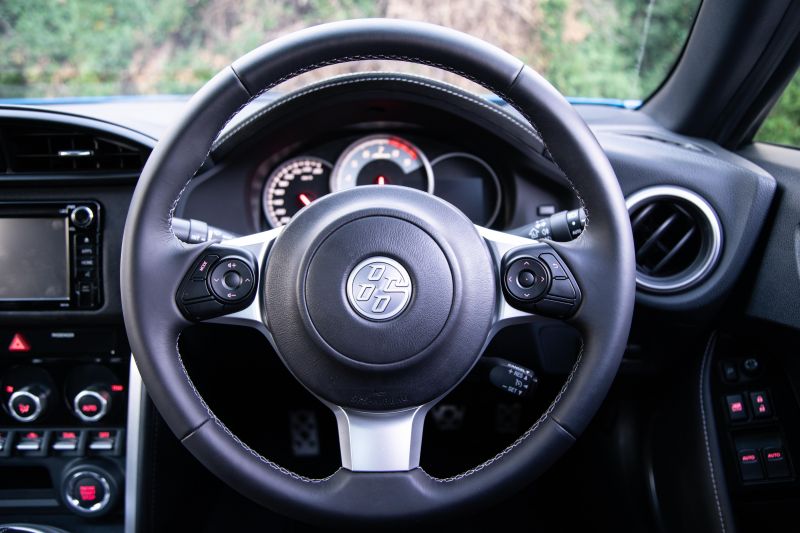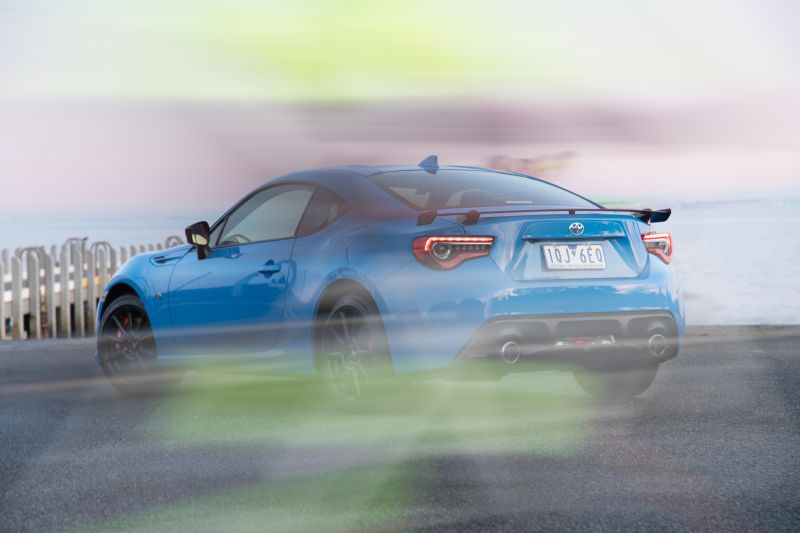If most enthusiasts were to write a shopping list for the perfect compact sports car, the core elements of the Toyota 86 would sit near the top.
With a naturally-aspirated engine, rear-wheel drive chassis, and the option of a manual transmission, it ticks all the boxes. The fact you can have one for well under $40,000 before on-road costs doesn’t hurt, either.
It’s a formula I liked so much, I actually bought a three-year-old Subaru BRZ in 2017. It’s since found a new home, but I miss it.
The Toyota 86 and its Subaru BRZ twin have been on the scene since 2012, and a replacement is on the horizon.
Rear-wheel drive rivals are hard to come by, but the pool of front-wheel drive turbocharged hot hatches has grown and improved since the 86 launched.
Does the Toyota 86 still have what it takes to thrill keen drivers on a budget, or are cracks starting to show as it grows old?
How much does the Toyota 86 GTS Apollo Blue cost?
The Toyota 86 range starts with the 86 GT, priced from $31,440 before on-road costs. The 86 GTS was once the range-topper priced at $36,640 before on-roads, with $2950 buying you the Dynamic Performance Pack.
The Apollo Blue sits above the GTS with Dynamic Performance Pack, and brings gloss black mirror caps and this car’s distinctive blue paintwork. Prices start at $39,950 plus on-roads for the manual tested here and $41,890 before on-roads for the auto.
What do you get?
Standard kit in the 86 GTS was already generous, but opting for Apollo Blue spec adds a raft of performance-oriented goodies.
The cabin is home to a set of sports seats trimmed in leather and suede, complete with heating in the front, and a 6.1-inch touchscreen infotainment system is standard. It has factory navigation and Bluetooth, but misses out on Apple CarPlay and Android Auto.
Gone are the basic instruments of the pre-facelift BRZ and 86, replaced with a more stylised central rev counter and a small digital display on its right-hand side with a trip computer, g-force meter, and torque graph.
The steering wheel now houses media controls, and there’s keyless entry and start. Dual-zone climate control also features.
On the outside, the GTS Apollo Blue rides on 17-inch alloy wheels and is finished in a blue bright enough to make Papa Smurf blush.
It features Sachs dampers and Brembo brakes under the skin, and a rear spoiler that (as far as we know) creates no downforce. At least it looks fussy.
You do miss out on a range of the active safety features offered on similarly-priced hot hatches. The 86 doesn’t get lane-keeping assist, blind-spot monitoring, autonomous emergency braking, or adaptive cruise control, let alone rear cross-traffic alert.
Is the Toyota 86 GTS Apollo Blue safe?
The Toyota 86 has a five-star ANCAP safety rating based on testing carried out in 2012.
It scored a mark of 34.4 out of a possible 37 at the time, but wouldn’t be eligible for a five-star rating in 2020 because it lacks autonomous emergency braking.
If features dual frontal, side, chest, and head airbags, and a driver’s knee airbag.
What is the Toyota 86 GTS Apollo Blue like on the inside?
No Toyota 86 is what you’d call luxurious, but the Apollo Blue comes about as close as possible.
Although it’s getting old, the fundamentals of the 86 cabin remain exceptional. The seats strike a perfect balance between bolstering and comfort, and the steering wheel is almost vertical.
It telescopes right into the driver’s chest and, coupled with the fact the seats drop down low and slide right back, helps what is a little car accomodate taller drivers. It’s not what you’d call spacious, but I fit well enough at 201cm.
I used to own a BRZ, and spent plenty of hours behind the wheel without trouble. There’s no reason you won’t be able to do the same.
The biggest improvement over my old BRZ is the infotainment system. Rather than the Corolla-derived head unit and Parrot Bluetooth system, the 86 GTS has a touchscreen system borrowed from older Toyota models.
It isn’t a paragon of modernity, but it has satellite navigation, Bluetooth phone connectivity, and USB/AUX, but CarPlay would be nice. The reversing camera is acceptable without setting the world on fire, too.
The dashboard design is still upright and basic, and the climate controls are still a bit plasticky, but the Apollo Blue features some nice materials to try and justify its steeper price tag.
The dash packs some suede trim, and the handbrake lever is wrapped in leather. The steering wheel is also leather, but lacks the tactility of the chubby unit from the pre-facelift 86 and BRZ.
Back seat space is still laughably bad, but it’s better to have the seats and not need them than need them and not have them. They’re a good space to store bags, and are handy for emergency use by short friends on short trips.
Boot space is 237L, but the opening is letterbox slim. The folding rear seats free up a surprising amount of space – Toyota and Subaru claimed enough to fit four wheels and tyres at launch. I managed to fit a set of 200cm skis in mine, which isn’t something you could do in a Mazda MX-5.
What’s under the bonnet?
The source of all Toyota 86 controversy is the 2.0-litre four-cylinder boxer engine under the bonnet, making 152kW of power and 212Nm of torque.
Toyota claims fuel use of 8.4L/100km, but we actually saw 7.9L/100km in a week skewed to highway driving (with a bit of hard work in the hills). Expect to see closer to 9.0L/100km in the city, based on previous experience.
It’s sent to the rear wheels through a six-speed manual and mechanical limited-slip differential. An automatic option is available but inadvisable.
How does the Toyota 86 GTS Apollo Blue drive?
Like a compact, rear-drive sports car should. It’s great fun.
Although it’s up slightly on power and torque compared to launch, the engine in the 86 hasn’t fundamentally changed. That means it’s still light on torque in the mid-range, and does its best work when worked hard.
If you walk in expecting a shove in the back to match turbocharged hot hatches, you’ll be sorely disappointed – and if you’re into numbers, the car’s claimed 7.4-second sprint to 100km/h won’t do much to excite you.
With slightly more grunt and a shorter final drive, it does feel a little bit quicker than older models on the move. Then again, that’s really not the point of the 86, and never has been.
Toyota was unashamed in its desire for the 86 to be an accessible, affordable car for people who really enjoy driving, and the Apollo Blue delivers on those criteria.
Say what you will about the decision to fit skinny Michelin Primacy tyres instead of something grippier, but it means the little Toyota is always moving around underneath you when you’re pushing hard. Journalists like to complain about the limits in modern cars being too high, and the 86 is the antidote.
Get on the power in a corner and there’s no mistaking the car for anything but rear-drive, and the compact steering wheel provides constant information about what’s happening on the front axle. You can subtly adjust the balance of the car on the throttle, adjusting its line with your right foot in a way you can’t in a turbo’d front-wheel drive hatchback.
It’s always gruff and a bit coarse, but the engine does its best work with the rev needle nudging the redline. There’s an angry, almost motorbike-like induction rasp when you bury the accelerator, and throttle response is every bit as sharp as you’d hope.
There’s also enough grunt on hand to unstick the back end. Not with the sort of lurid slides that’ll get you locked up – although it will do that given enough space – but little shakes of the hips coming through well-sighted roundabouts and junctions.
Traction control is on hand to tidy things up if your ambition outweighs your talent, abruptly calling a halt to proceedings.
Track mode was added in the mid-life facelift to allow a dash more leeway without entirely leaving drivers on their own, while the systems can be turned off entirely if you’re feeling brave.
The upshot of all this? The 86 GTS was far slower along one of my favourite stretches of road than the Ford Focus ST, and even the Fiesta ST would have had the Toyota gasping. But the rear-drive coupe offered a very different kind of fun.
It’s a great starting point if you want to learn about driving smoothly and quickly, and is an ideal ‘my first track car’ if you’re looking to start cutting laps.
For those who enjoy ruining – I mean modifying – their cars, there’s also a huge catalogue of parts available to give you more power, a less comfortable ride, and an uglier exterior.
With sensibly-sized wheels and decent all-around vision, the 86 is friendly in town. The ridges over the wheel arches make it easy to place the car, and its compact proportions make parking simple.
Ride quality is good, even with the optional performance dampers fitted. Body control is tight, so it’s not a feather bed ride, but potholes don’t crash into the cabin, and speed bumps won’t have you stressing about the nose.
The clutch is light, and the gearing short enough to cover the fact the engine is down on torque compared to the average hot hatch. The corollary of that is that the 86 feels a bit strained in sixth gear on the highway, spinning just under 3000rpm at 100km/h.
How much does the Toyota 86 GTS Apollo Blue cost to run?
Like the wider Toyota range, the 86 GTS is backed by a five-year, unlimited-kilometre warranty.
Maintenance is required every nine months or 15,000km and each of the first four visits will set you back $195. That’s dirt cheap by sports car standards.
It’s worth bearing in mind the 86 does drink 98RON premium unleaded fuel, which will make your weekly fuel bill that bit steeper.
CarExpert’s take on the Toyota 86 GTS Apollo Blue
The 86 is an excellent driver’s car, even if it’s getting old. Sure, the engine lacks a dollop of mid-range punch and the interior is dated, but it still has the Mazda MX-5 covered for (relatively) affordable rear-wheel drive thrills.
Affordability is where the GTS Apollo Blue falls down. The GTS is already excellent to drive, while even the base GT offers similar thrills for less cash.
The Hyundai i30 N, Ford Fiesta ST, and Volkswagen Polo GTI are all much faster than the Toyota, and much nicer places to spend long amounts of time. They also have a modern set of safety assistance systems.
It all raises the question; why bother with the top-spec car?
Were it my money, my Toyota 86 would be a GTS without the Performance Pack. It offers plenty of performance and a decent suite of creature comforts, and you can use the $3000 you’ve saved for a set of tyres and a few track days.





